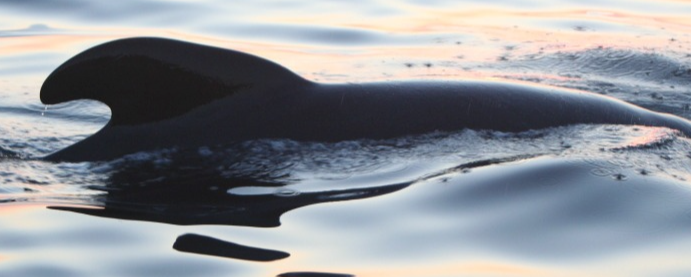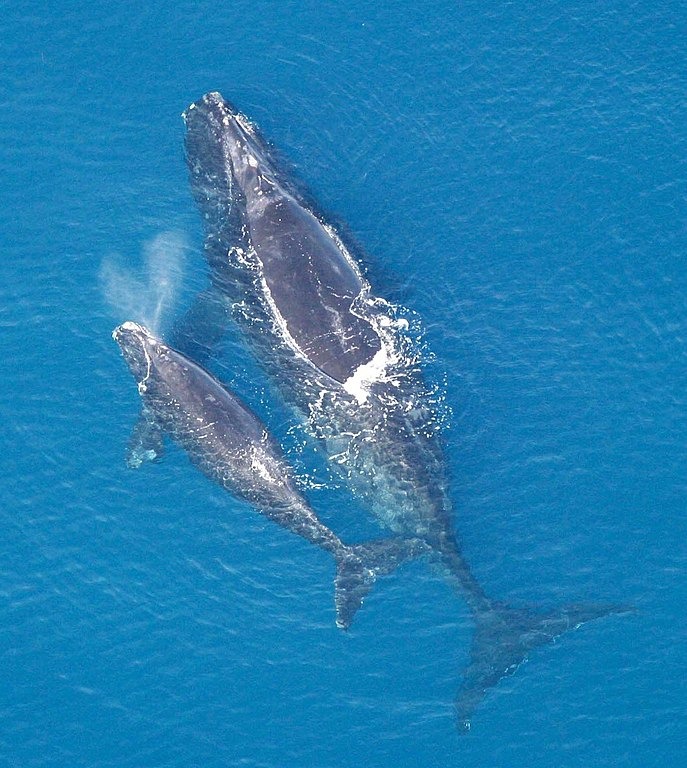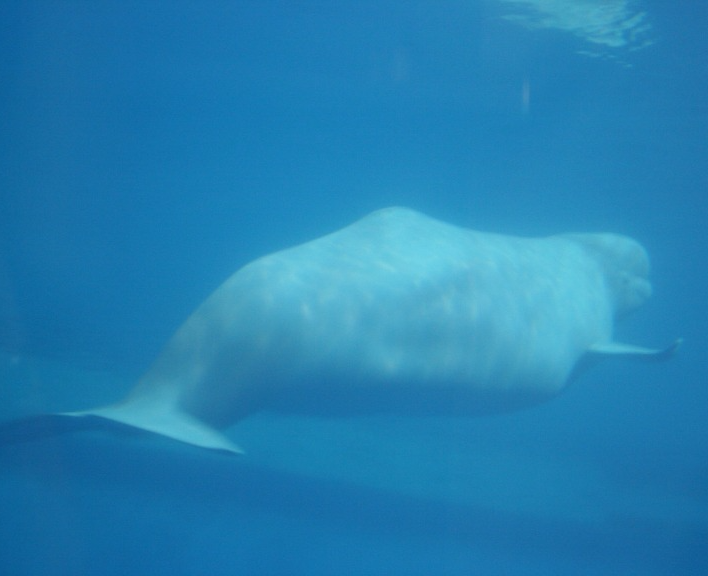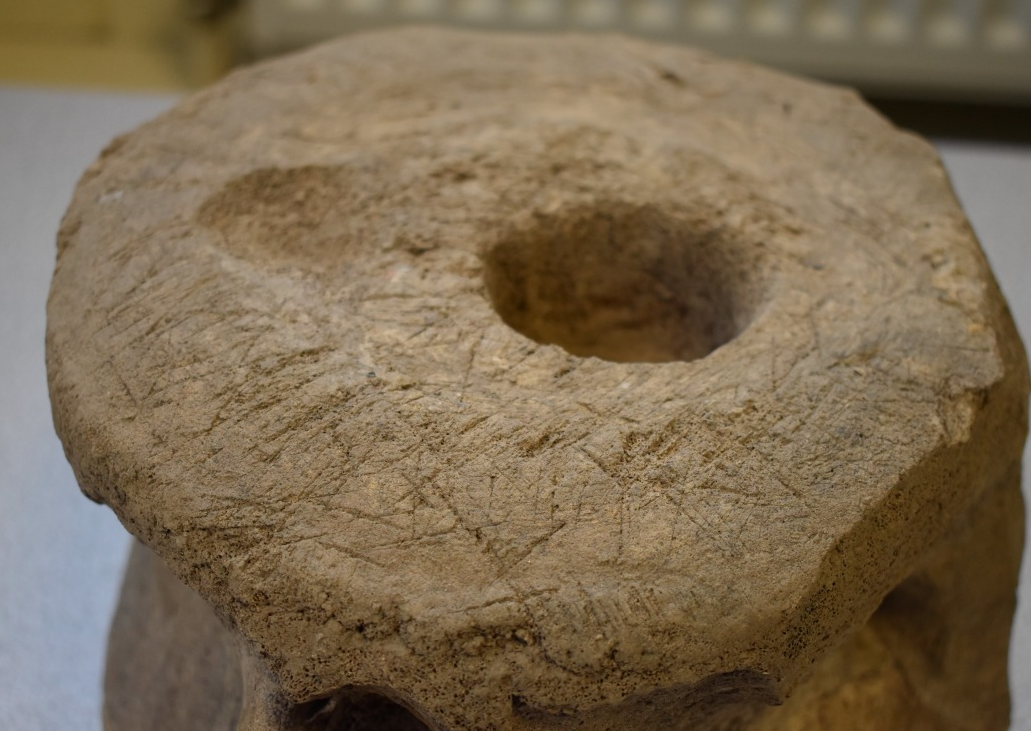Our
RESEARCH
We always have a number of research projects on the go, but which ones we are currently working on changes depending on funding, priorities, and collaborations. However, some of our long-term projects, that form the backbone of our work, are described below.
Science is a way of thinking much more than it is a body of knowledge - Carl Sagan

North Atlantic Right Whale
The North Atlantic right whale (Eubalaena glacialis) is one of the most endangered large whales, with only ~400 individuals remaining. They have also shown little recovery despite over 70 years of international protection. Much of the current research is therefore focused on identifying and mitigating the factors limiting recovery. Much of the research relies on the photo-identification of individuals based on naturally occurring physical characteristics. This photo-identification work has been ongoing for almost 40 years. In our lab, we are using genetic analyses to gain a better understanding of the reproductive biology and social structure, as well as to assess the potential for genetic factors to be influencing the recovery potential of the species.
Collaborators: Anderson Cabot Centre for Ocean Life at the New England Aquarium, North Atlantic Right Whale Consortium.

St. Lawrence Beluga
The Saint Lawrence beluga (Delphinapterus leucas) represents the southern-most population of beluga, and appears to be isolated from the other populations that exist in the Arctic. Belugas were heavily hunted in this area, and now there are approximately 1,000 individuals remaining. Despite protection and conservation initiatives, this population is not showing significant signs of recovery. Similar to the right whale project, in our lab we are using genetic analyses to gain a better understanding of the reproductive biology and social structure of these whales, as well as to assess the potential for genetic factors to be influencing their recovery potential.
Collaborators: GREMM

Sperm Whale
Sperm whales (Physeter macrocephalus) have a fascinating and complex social structure, where females live in relatively stable social groups throughout their lives. The stability of these social groups seems to vary in different areas of the world. We are combining high-resolution genetic data with long-term photo-identification data to assess how relatedness influences this social structure, and particularly how relatedness influences the stability of these groups, and the interactions among them. We are also using these data to better understand how individuals alter their willingness to babysit for one another based on relatedness.
Collaborators: Hal Whitehead (Dalhousie University), Shane Gero (Dominica Sperm Whale Project)

Ancient DNA Analysis
Palaeontological and zooarchaeological specimens offer a valuable and unique opportunity to examine historical genetic characteristics of species in ways that would not otherwise be possible. Within an isolated ancient DNA facility at Saint Mary's University, we conduct ancient DNA research on an array of species including the North Atlantic right whale, the Atlantic walrus (Odobenus rosmarus), and the Pacific gray whale (Eschrichtius robustus).
Collaborators: Zoe Lucas (Sable Island Institute), North Atlantic Biocultural Organisation (NABO)
